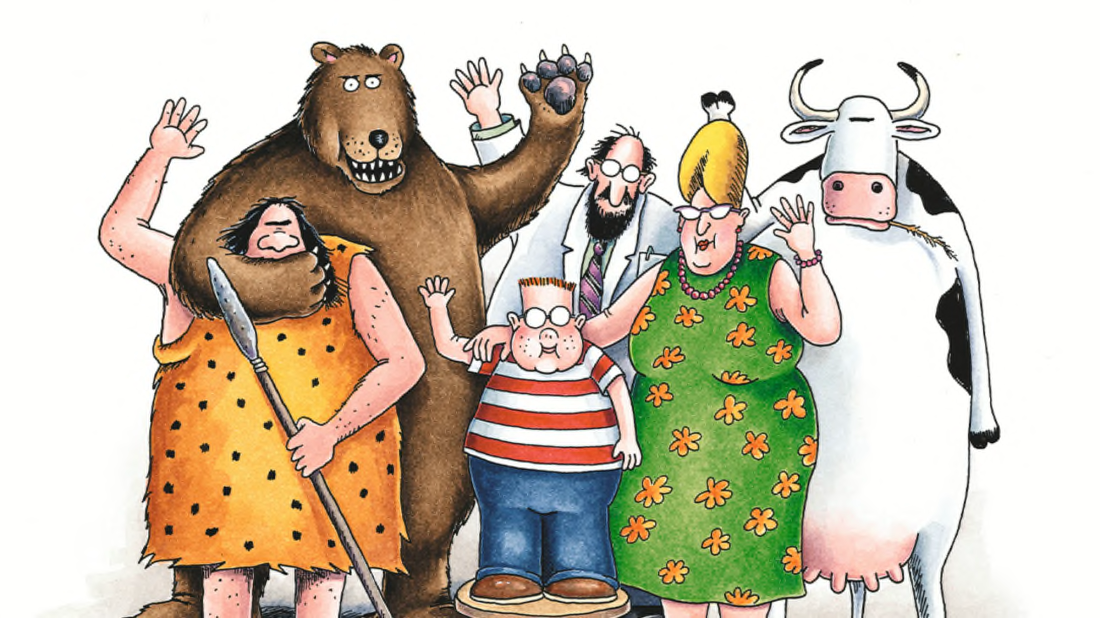From Joe Nocera:
If you’re not a patent aficionado, you have probably never heard the phrase “efficient infringement.” Not to blow the punch line, but it’s yet another example of how big tech companies use dubious means to squeeze their smaller rivals. When critics complain that Facebook, Google, Apple and Amazon are squashing innovation, this is the sort of tactic they’re talking about.
I first heard the phrase some years ago when I looked into a patent dispute between Apple Inc. and the University of Wisconsin. The Wisconsin Alumni Research Foundation, which owns the university’s patents, had sued Apple over its use of an innovation that university scientists had dreamed up and patented in the mid-2000s. Apple had installed it in iPhones and iPads without bothering to negotiate a license and had been using it with impunity for years before the case finally went to trial. A jury found for the foundation in 2015 and ordered Apple to pay $234 million.
That was actually a victory for Apple. Consider: Apple got free use of valuable technology that it took from a smaller, less powerful entity. Losing at trial was unfortunate, perhaps, but the $234 million was just another business expense. Pocket change, really, considering Apple’s size.
How common is this kind of move? Boris Teksler, Apple’s former patent chief, told the Economist recently that “efficient infringement, where the benefits outweigh the legal costs of defending against a suit, could almost be viewed as a ‘fiduciary responsibility,’ at least for cash-rich firms that can afford to litigate without end.” In other words, stealing patented technology is practically required if you’re focused on shareholder value. And who isn’t these days?
...
“What is the definition of a patent?” asked Brian Pomper, the executive director of the Innovation Alliance, which represents small and medium-size patent holders. “It means you have the right to exclude others from your invention.” He added, “How can a patent be meaningful if you don’t have the right to exclude others?” But that’s where we are. Companies like Sonos have virtually no leverage to stop bigger companies with deep pockets from infringing their patents.


